13 Ancient Villages That Feel Frozen in Time
Step into a world where history stands still and ancient traditions thrive. These villages, tucked away in picturesque corners of the globe, have preserved their unique charm and cultural heritage for centuries. From medieval hilltop towns to serene canal-side communities, these destinations offer a glimpse into the past, allowing visitors to experience life as it once was. Explore timeless beauty and discover how these villages have remained untouched by modern life, providing an authentic escape from the fast-paced world around us.
This post may contain affiliate links, which helps keep this content free. Please read our disclosure for more info.
Ushguli, Georgia
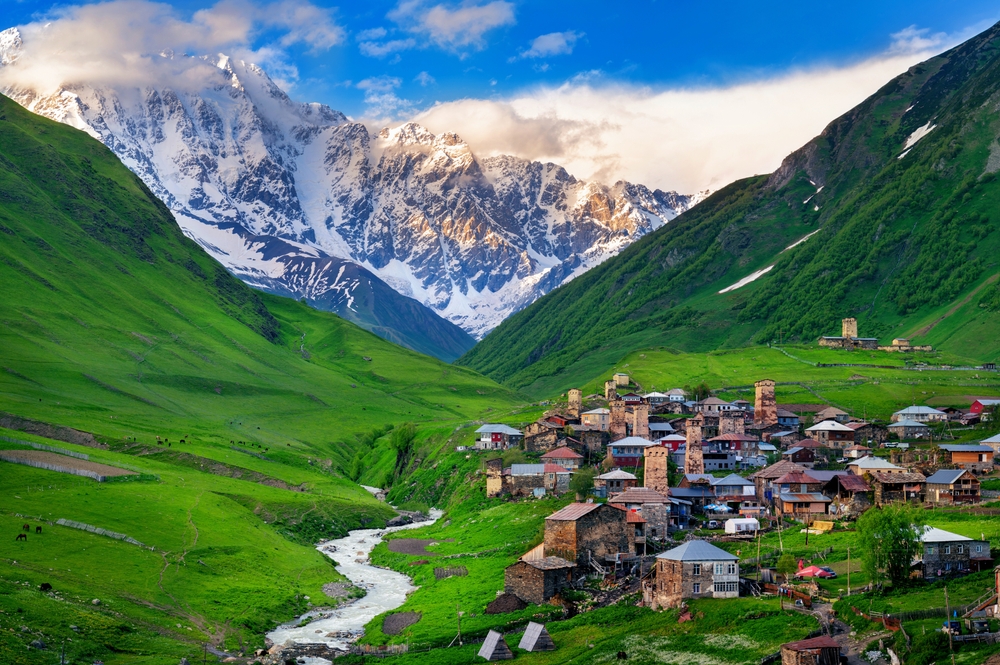
Ushguli is a remote village located in the Caucasus Mountains of Georgia, known for its ancient, well-preserved defensive towers. These towers were constructed between the 9th and 13th centuries to protect the village from invaders, and many of them remain intact today. The village itself is perched at an altitude of 2,200 meters (7,218 feet), making it one of the highest inhabited settlements in Europe. Due to its isolation and difficult terrain, Ushguli has remained largely unchanged for centuries, offering visitors a glimpse into the medieval Georgian way of life.
Walking through Ushguli feels like stepping back in time. The stone houses, some of which date back to the 12th century, are built in traditional Georgian style, blending seamlessly into the natural environment. The village is surrounded by breathtaking mountain views, with the snow-capped peak of Mount Shkhara towering above. Ushguli’s beauty, its medieval atmosphere, and its historical significance make it a place that feels frozen in time, inviting travelers to experience a truly unique and ancient corner of Georgia.
Giethoorn, Netherlands
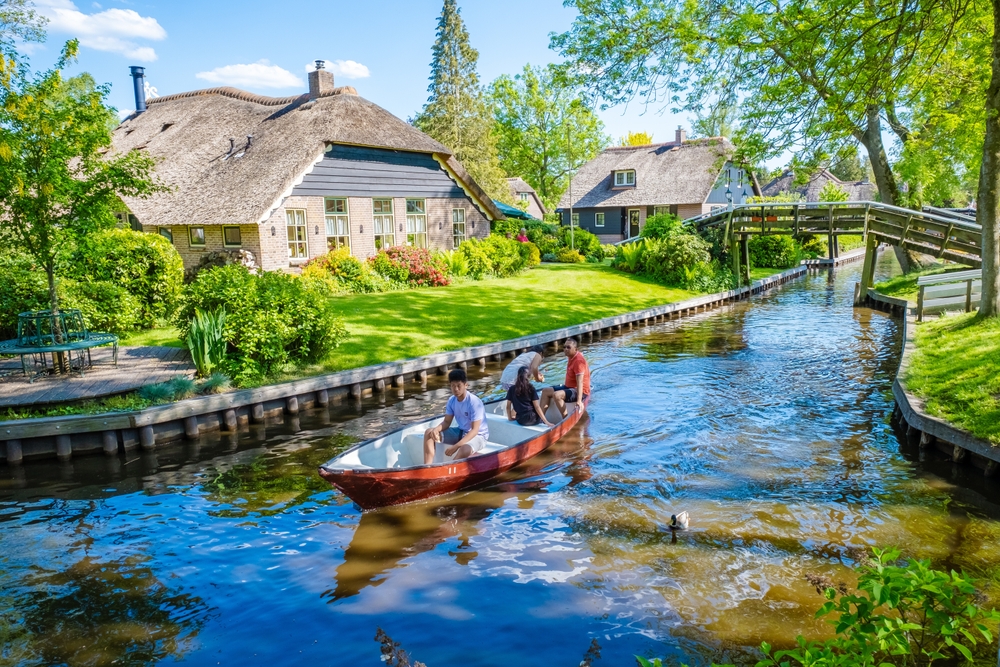
Known as the “Venice of the North,” Giethoorn is a peaceful, car-free village in the Netherlands that has captivated visitors for years. The village is interconnected by a series of canals, with boats replacing cars as the primary mode of transportation. Its history dates back to the 13th century, when settlers built their homes on small islands, and the village has since maintained its charming, rural appeal. In Giethoorn, time seems to slow down as visitors drift along the canals, passing by beautiful thatched-roof cottages and vibrant gardens.
Giethoorn’s car-free streets and tranquil atmosphere make it a step back in time, offering a rare opportunity to experience life as it was centuries ago. The village’s traditional wooden boats, known as punters, are still used to navigate the waterways, adding to its timeless charm. The canals are lined with stunning nature, making it a picturesque retreat for those seeking to escape the modern world. The village’s enduring beauty and connection to its past make it a destination that feels suspended in time.
Obidos, Portugal
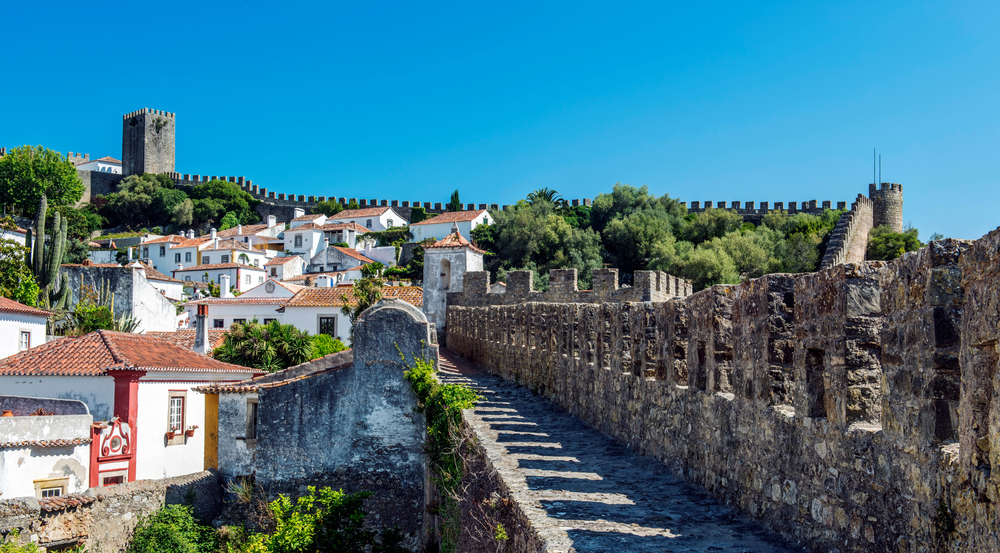
Obidos is a charming medieval town in Portugal, known for its well-preserved castle and narrow, cobbled streets. The town was once a royal gift, and its history dates back to Roman times. The towering castle walls and colorful houses make Obidos feel like a place straight out of a fairytale. The town’s narrow alleys are lined with flowers, adding to its quaint charm.
Obidos’ combination of medieval architecture, stunning views, and peaceful atmosphere makes it a place that feels frozen in time. The town’s vibrant culture is also reflected in its festivals, including the famous Medieval Market. Obidos has managed to retain its historical character while embracing modern-day tourism, making it a place that offers a timeless escape.
Termessos, Turkey

Termessos is an ancient city located in the Taurus Mountains of southern Turkey. What makes Termessos unique is that it was never fully conquered, with the city remaining largely intact even after its abandonment following an earthquake in the 2nd century. Today, the ruins of Termessos are incredibly well-preserved, with dramatic stone structures sitting among the mountain landscape. The city’s isolation and rugged location protected it from the influences of the outside world, allowing it to retain much of its original character. Visitors can explore ancient theaters, temples, and city walls, all surrounded by untouched nature, providing an immersive historical experience.
The ancient city’s location also contributes to its eerie, timeless quality. With its high-altitude setting and wild surroundings, Termessos offers a dramatic setting for history lovers. It feels like an untouched relic of the past, where ancient civilizations once thrived, yet nature has slowly reclaimed the land. The ruins, set against the backdrop of the stunning mountain landscape, give a sense of being suspended in time, offering visitors a rare chance to experience an ancient city that has remained largely undisturbed by the passage of time.
Colonial Williamsburg, USA
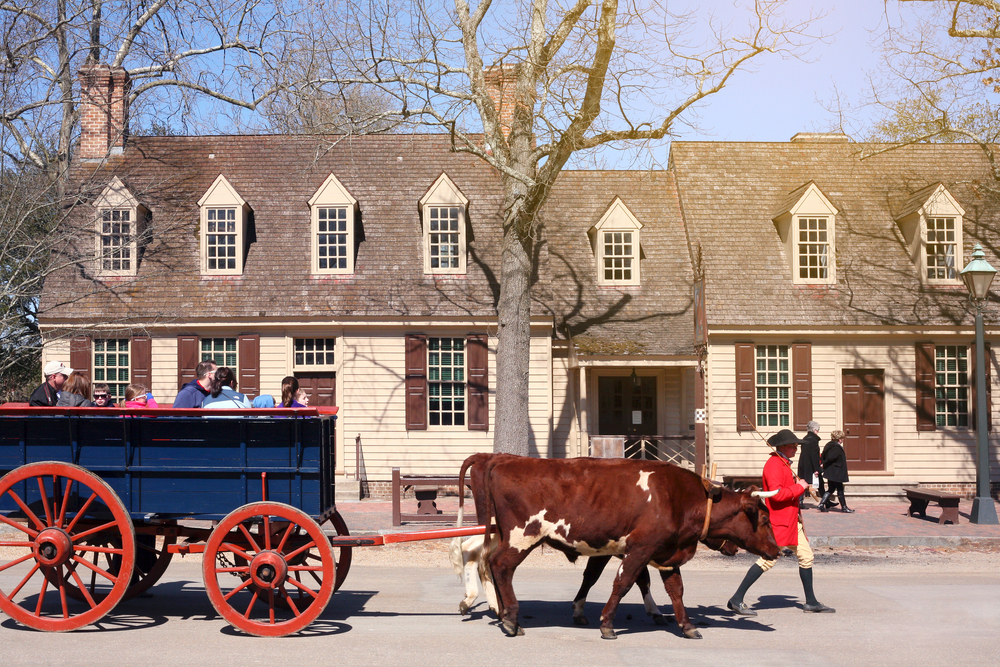
Colonial Williamsburg, located in Virginia, is a living history museum that offers a step back into 18th-century America. Once the capital of the colony of Virginia, this town has been carefully preserved to reflect its 1700s appearance. Colonial Williamsburg is home to hundreds of original and restored buildings, including homes, shops, and government buildings, providing a unique glimpse into colonial life. The town is fully operational, with costumed interpreters engaging in historical reenactments and demonstrating period trades, such as blacksmithing, woodworking, and printing.
The preservation of Colonial Williamsburg allows visitors to experience what life was like during the American Revolution. Walking along the cobblestone streets and entering the historically accurate buildings, visitors feel as though they are stepping back in time. The town offers a detailed portrayal of early American history, from the grand Governor’s Palace to the humble homes of local artisans. Colonial Williamsburg’s commitment to historical accuracy and preservation makes it a living monument to a bygone era, offering an immersive experience that feels like history frozen in time.
Hallstatt, Austria
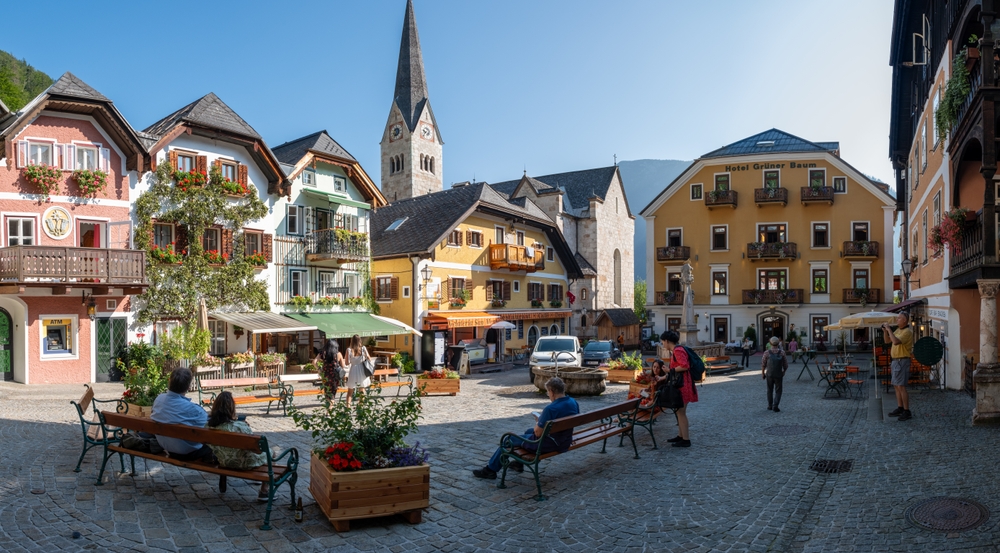
Hallstatt, a picturesque village nestled beside Lake Hallstatt in the Austrian Alps, has been home to humans for over 7,000 years. This UNESCO World Heritage site is known for its idyllic setting, with traditional Alpine houses perched on steep hillsides and surrounded by lush forests. The village’s history can be traced back to the Iron Age, and its charming architecture and narrow streets remain mostly unchanged since then. Hallstatt’s unique blend of natural beauty and historical significance gives it a timeless, almost magical quality.
Despite its small size, Hallstatt is a popular tourist destination, with visitors drawn to its tranquil atmosphere and stunning vistas. The village’s proximity to the lake adds to its peaceful charm, as the reflections of the mountains in the water create an almost surreal effect. The local salt mines, which date back to prehistoric times, also provide insight into the village’s ancient past. Hallstatt’s ability to preserve its historic charm while offering modern amenities makes it a true gem that feels like a place frozen in time.
Rothenburg ob der Tauber, Germany
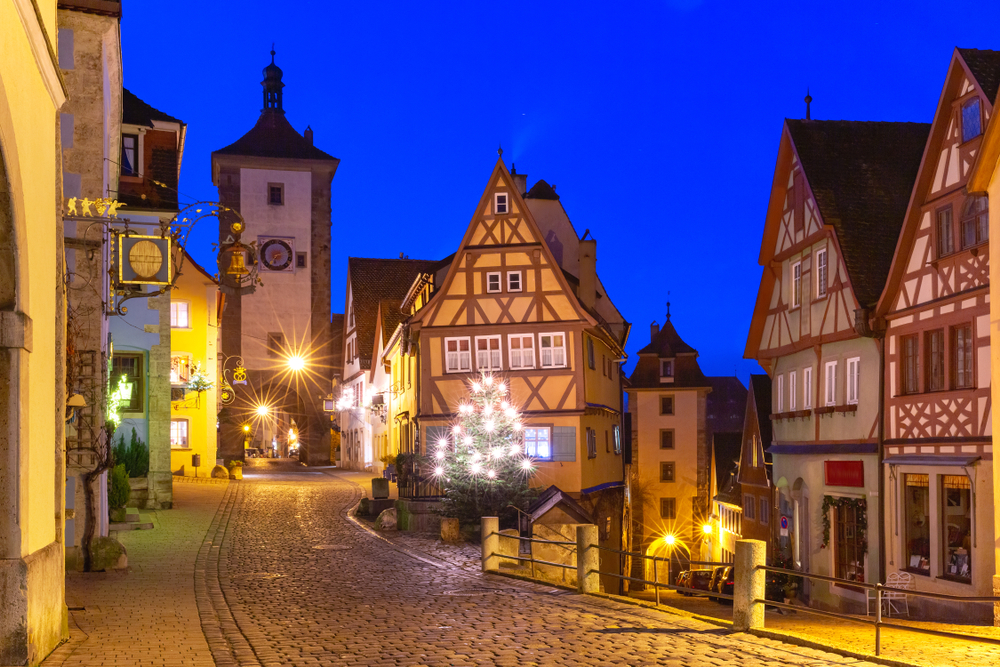
Rothenburg ob der Tauber, located along Germany’s Romantic Road, is a medieval town that looks as if it has been plucked from the pages of a storybook. With its well-preserved city walls, narrow cobblestone streets, and timber-framed houses, Rothenburg ob der Tauber offers visitors a perfect glimpse of life in medieval Germany. The town’s charm is enhanced by its stunning architecture, including the iconic Town Hall and St. James’ Church, which have stood for centuries.
Walking through Rothenburg ob der Tauber feels like stepping back in time, as the town has maintained its historic atmosphere while still being a fully functioning community. The preserved fortifications and watchtowers provide a glimpse into the town’s past as a fortified stronghold. Visitors can even walk along the town walls, offering panoramic views of the surrounding countryside. The preservation of Rothenburg ob der Tauber makes it a perfect destination for those seeking to experience the medieval period in its purest form.
Sighişoara, Romania
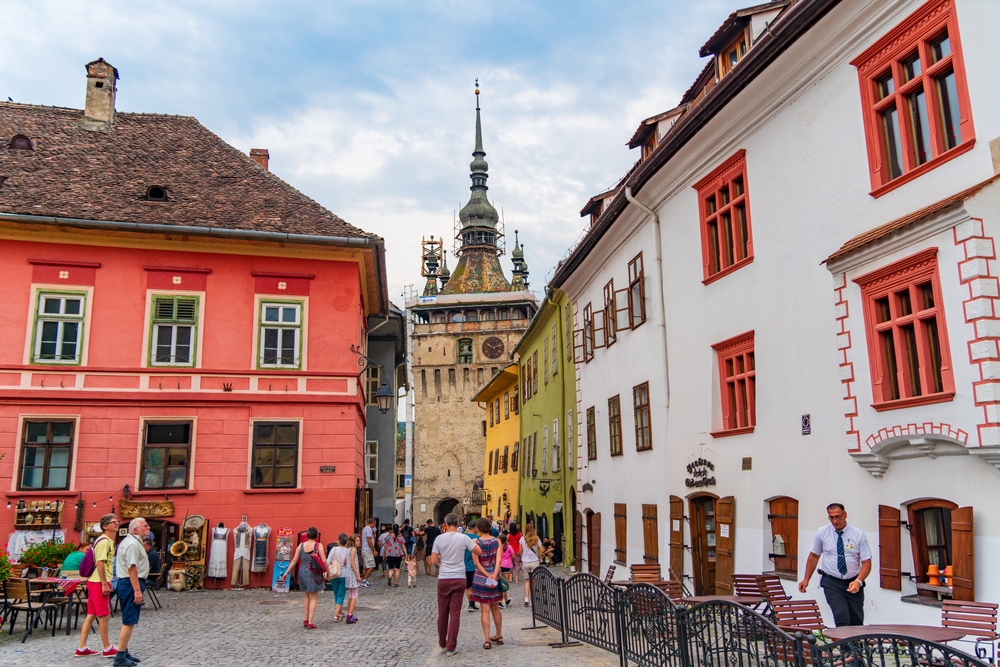
Sighişoara, a UNESCO World Heritage site, is one of the best-preserved medieval towns in Europe. Located in the heart of Transylvania, Sighişoara is famed for its colorful houses, cobblestone streets, and historic citadel. The town’s medieval architecture, including the Clock Tower and the Church on the Hill, has remained largely unchanged for centuries, giving visitors a glimpse into Romania’s past. Sighişoara’s historic charm is further amplified by its association with Vlad the Impaler, the infamous ruler who inspired the legend of Dracula.
The town’s citadel, with its narrow alleys and watchtowers, offers an enchanting atmosphere that transports visitors back in time. Sighişoara is not only a place of historical importance but also a living town where local traditions and culture continue to thrive. The preservation of its medieval features, along with its connection to Romanian history, makes it a destination that feels like a living museum, where time has stood still.
Pienza, Italy
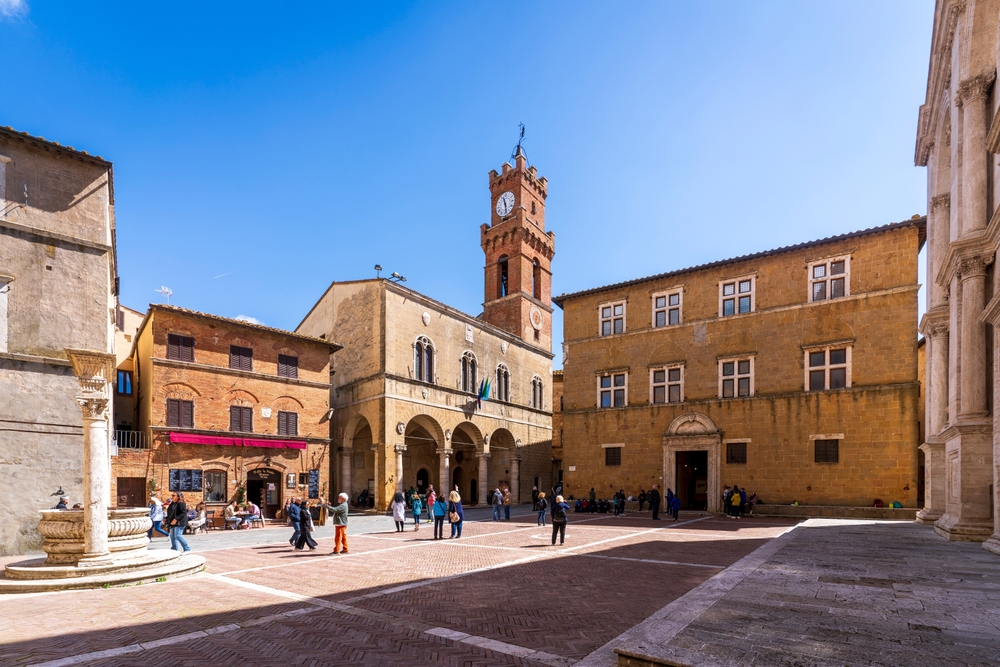
Pienza, a small town in Tuscany, is often considered the “ideal” Renaissance city, thanks to its perfect blend of architecture and landscape. Designed by Pope Pius II in the 15th century, the town was transformed into a model Renaissance city by the architect Bernardo Rossellino. The town’s grid layout and elegant buildings, including the stunning Cathedral of Pienza, remain intact, offering a glimpse into the ideals of Renaissance urban planning. Pienza’s narrow streets and charming piazzas have an undeniable timeless appeal, especially as the surrounding Tuscan countryside adds to its rural, peaceful atmosphere.
Pienza’s commitment to preserving its Renaissance heritage makes it feel like an outdoor museum. Visitors can explore the town’s stunning architecture, its charming markets, and even its famous Pecorino cheese shops. The town’s beauty, along with its preservation of Renaissance ideals, makes Pienza feel as though it has remained frozen in time. It is a place where the past and present meet in perfect harmony, offering an unforgettable experience.
Eze, France
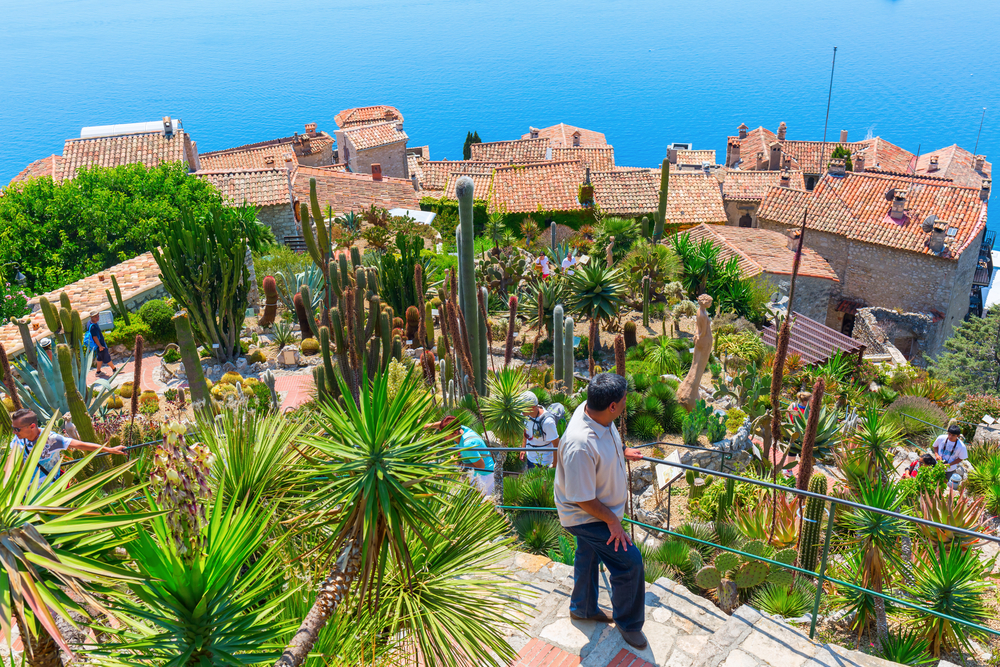
Eze is a medieval village perched high on a hill overlooking the French Riviera. With its narrow, winding streets and stone houses, Eze feels like it has been untouched by time. The village is famous for its stunning views of the Mediterranean Sea, as well as its preserved medieval architecture. Eze’s ancient streets lead to the 12th-century Church of Our Lady of the Assumption, which stands as a symbol of the village’s rich history.
Despite being a popular tourist destination, Eze has managed to retain its authentic, medieval character. Visitors can stroll through its cobbled streets, visit its art galleries, or relax in its peaceful gardens, all while taking in the breathtaking views. Eze’s charm lies in its ability to transport visitors to another time, making it a place where history and beauty coexist.
Ait Benhaddou, Morocco

Ait Benhaddou, a fortified village in Morocco, is an iconic example of traditional earthen architecture. This UNESCO World Heritage site has been a backdrop for numerous films, including Gladiator and Game of Thrones. The village is constructed from adobe and clay, and its buildings have remained relatively unchanged for centuries. The kasbahs, with their intricate designs, have withstood the harsh desert climate, preserving the village’s ancient charm.
Ait Benhaddou’s remote location along the old caravan route adds to its sense of timelessness. Visitors can explore the narrow passageways of the fortified village and discover ancient homes, a central square, and the imposing kasbahs. The surrounding landscape, with its rolling hills and dramatic views, enhances the village’s aura of antiquity. Ait Benhaddou’s preservation and natural beauty make it a stunning example of a village that feels frozen in time.
Ston, Croatia
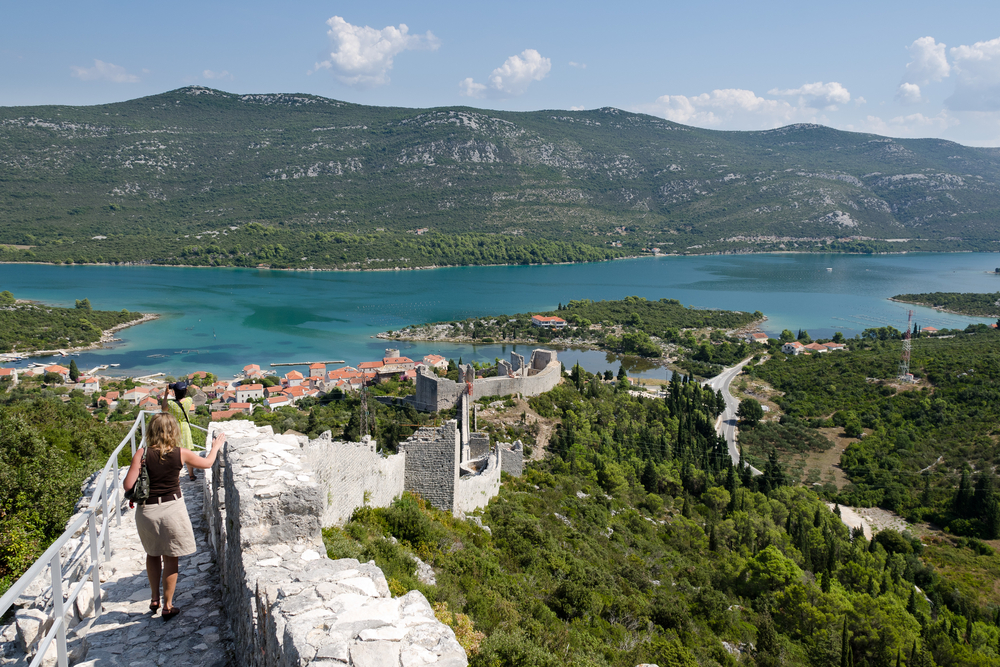
Ston, located on the Pelješac Peninsula in Croatia, is known for its medieval walls and salt pans, which have been in use for over 1,000 years. The town’s impressive fortifications stretch for over five kilometers, making them the longest defensive walls in Europe. The salt pans, which have been producing salt since Roman times, continue to be a key part of the town’s economy and heritage.
Ston’s history is evident in its well-preserved architecture, from the town’s main square to the ancient salt warehouses. The surrounding countryside, dotted with vineyards and olive groves, further adds to the village’s timeless charm. Ston offers visitors the chance to step back in time and experience the rich history of medieval Croatia. Its blend of natural beauty and historical significance makes it a truly unique place to visit.
Gimmelwald, Switzerland
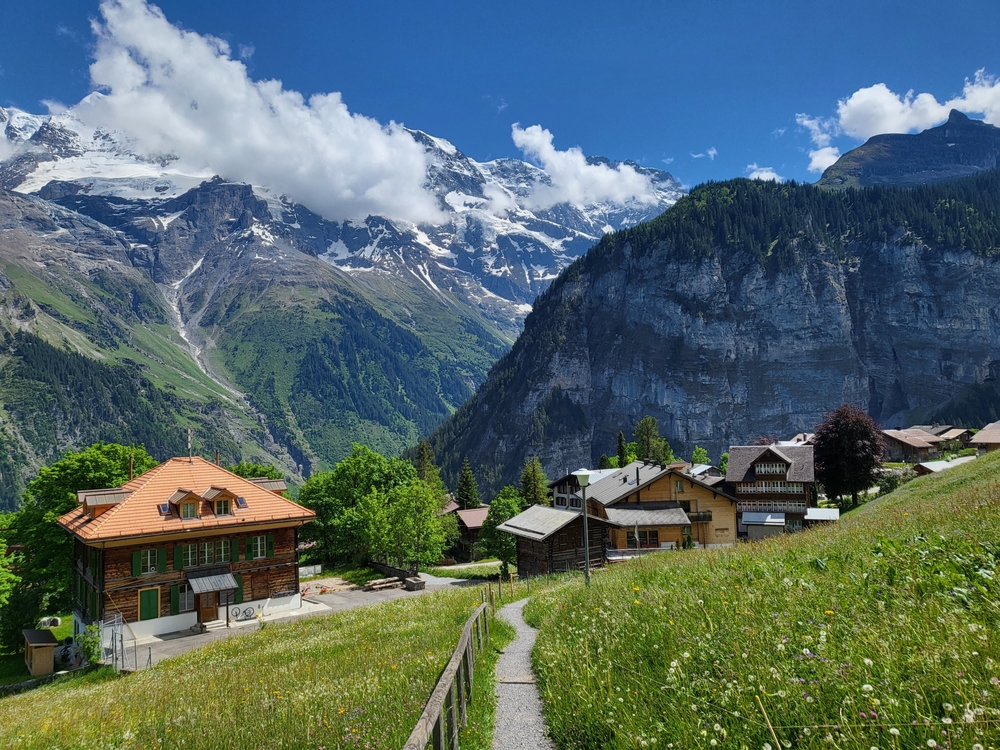
Gimmelwald is a tiny mountain village in the Swiss Alps, renowned for its stunning views and traditional Swiss Alpine charm. The village is only accessible by foot or cable car, adding to its secluded, tranquil atmosphere. Gimmelwald’s buildings, many of which are traditional wooden chalets, have been preserved for centuries. The village offers a glimpse into life in the Swiss Alps before the advent of modern conveniences.
Visitors to Gimmelwald can explore the narrow streets, hike through the surrounding mountains, and experience the simple joys of alpine life. The village’s quiet, isolated setting makes it feel like a place suspended in time, where the rhythms of life are dictated by nature rather than the modern world. Gimmelwald’s preserved charm and breathtaking surroundings make it a perfect destination for those seeking a retreat from modern life.
This article originally appeared on Avocadu.
